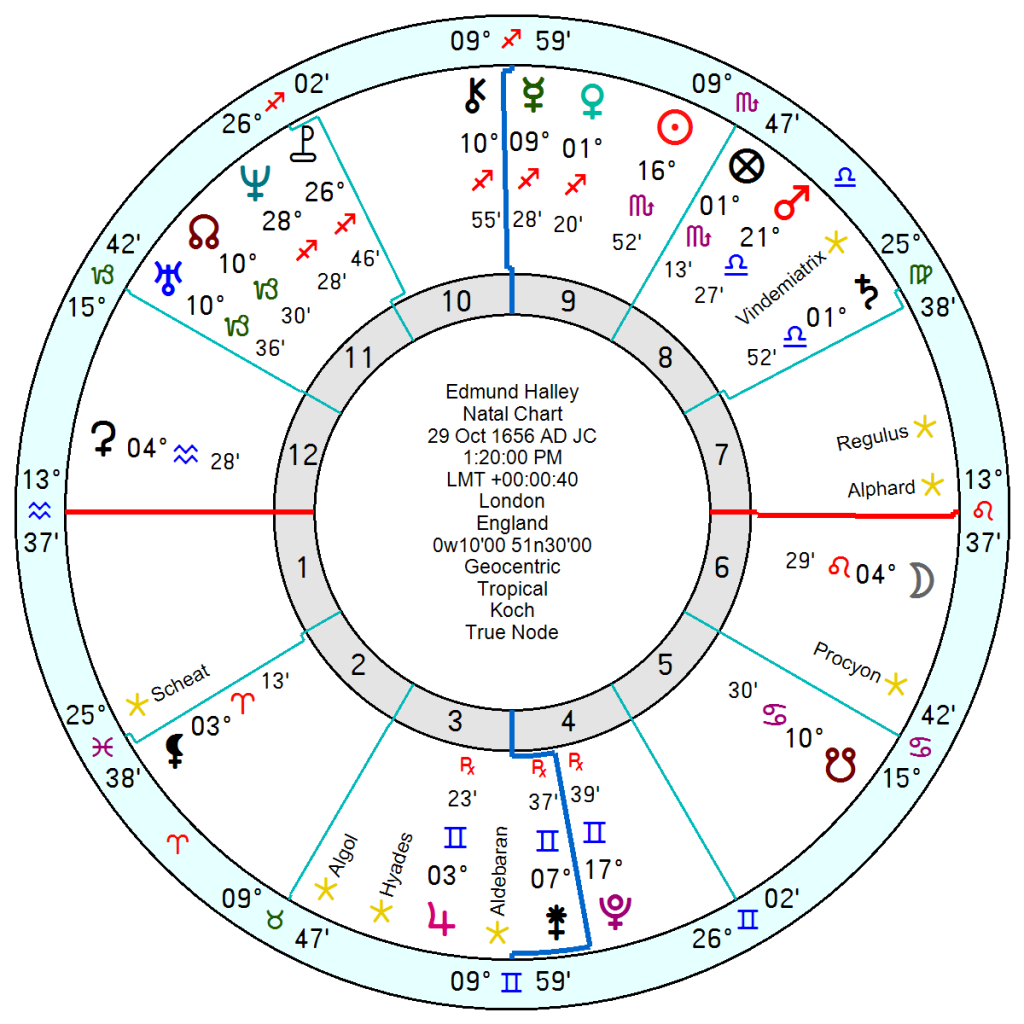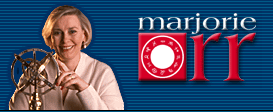

Comets in Astrology is a fascinating dive into an under researched topic but not for the faint of heart. The author Rod Chang having been asked eleven years ago where the icy celestial bodies that orbit the Sun known as comets, which appear periodically and erratically in the heavens, fit in with astrology, he decided to find out. There are 4,584 known comets but these are probably probably a very small fraction of the total potential comet population of maybe one trillion. Comets are known for their characteristic tails, which form as they approach the Sun.
Unsurprisingly in ancient times they were seen as harbingers of disaster. While with endless numbers to play with they could be used to prove almost anything there are remarkable examples of comets appearing in the year of Julius Caesar’s birth and the year of his assassination. The best known – Halley’s comet – first appeared in 684 CE with a three month rainstorm following, plus an earthquake and an outbreak of the Black Death. It reappeared in 1066 which was a history-changing year for England; and again in the years when Mark Twain was born and the year he died.
Old astrologers interpreted their meaning depending on the zodiac signs the comet passed through, by their shape and by colour.
More recently French Andre Barbault described them as messengers bringing information and insights from the outer edges of the solar system. The dark, freezing boundary of the solar system has been compared to the collective unconscious by Melanie Rhinehart and others. Rod Chang describes them as the rebels in the solar system displaying unpredictability and weird behaviour.
In recent times sightings have been associated with evolutionary scientific, technological and political breakthroughs. 1882 the Great Comet of September was seen, the year when Thomas Edison switched on the first ever electrical generator in New York.
Halley’s Comet is the only known short-period comet that is consistently visible to the naked eye from Earth, appearing every 72–80 years, and was sighted in 1986 when the channel tunnel was agreed. Another one, Comet West was visible in 1976 when Steve Jobs and Wozniak sold first Apple computer.
This highly commendable book is awash with examples from the charts of Steve Jobs, Julian Assange, Agatha Christie. And a plethora of examples from comet case studies of happenings during sighting years of prominent comets – Chernobyl, USSR Foundation, Princess Diana’s death, Edward V11 amongst many others.
The author writes “I hope my observations can stimulate further research into this relatively unexplored subject.”
It left me with two questions. One is how to sort through and prioritise amongst the increasing and potentially overwhelming amount of information available nowadays from planets, Fixed stars, centaurs, asteroids and now comets. The second is how am I going to fit it all into a chart. It’ll need a giant projection screen across a blank wall.
For all my Virgo gripes, this well written and intriguing book is well worth reading as is getting to grips with a well-evidenced addition to the astrologer’s knowledge database.

I started studying astrology with a printed ephemeris and when computers came into play, information overload soon followed. The late astrologer Donna Cunningham gave me a sage piece of advice decades ago by telling me to “keep it simple”.
I remember the beautiful Hale-Bopp comet in 1997, the year marking the sudden death of Princess Diana. And there’s Hally’s Comet embroidered on the 1066 Bayeaux tapestry – apparently the English saw it as a bad omen, while William decided it meant he would win the Battle of Hastings. When naked eye visible, comets are profoundly impressive and strange. We can’t help but give them meaning. There’s a nice article on Halley’s Comet on the Science Museum (UK) website. Re 1986 it says:
“However, the sighting of Halley in 1986 did in fact bring huge historical changes. The photographs taken by Giotto were not received well politically. Ahead of launch, then Prime Minister Margaret Thatcher had been hugely supportive of the Giotto enterprise. It was an auspicious moment for the UK, leading space exploration.
But Thatcher deemed the resulting images of 1P/Halley visually insufficient (somewhat like Barnard in 1910), unimpressive and, ultimately, a waste of money. Thatcher’s disenchantment led to a change in the UK’s stance on space exploration—a move away from positioning the UK as a leader and a consequential reduction in budget for space research. Even in a modern scientific era, images of Halley’s Comet can be charged with social and political meaning.”
I am looking forward to seeing all 2500 data from a single natal chart. No wonder we need AI.
I am also starting to appreciate why some astrologer used very tight orbs about 3 degrees). Anything more, the influence is there, but the impact is not felt so strongly. And minor aspect are always mundane to me. They do affect my day to day decision making.
As my astrology teacher said, keep it simple and stick to the main tennets of the chart as I
and other students went on a chase for ever more esoteric points.
Afterall there is a world of symbology in each sign and planetary position.
I have been concerned with the focus on Fixed Stars for awhile
Historically they are only used if the luminaries are involved in conjunction,
orb of 1degree, and only the visible ones.
They are so vary far away, and I note its only the more negative ones that appear here.
As you have touched on before, and is such a danger in Astrology one can make a case for anything and it just becomes meaningless.
So my thought is its best to stick to the planets, Chiron and Ceres and not overcomplicate.
Its always there unless the birthtime and date are innacurate.
Hale–Bopp was discovered in 1995, a pivotal year for the war in former Yugoslavia.